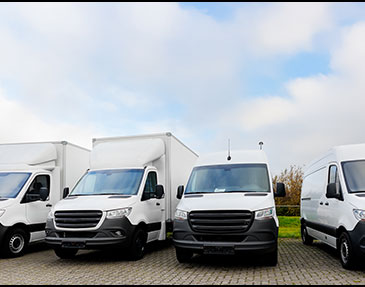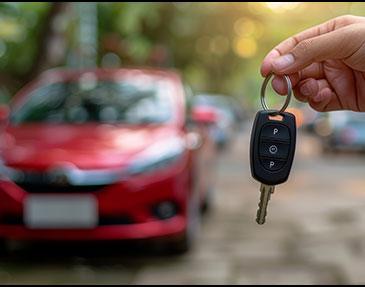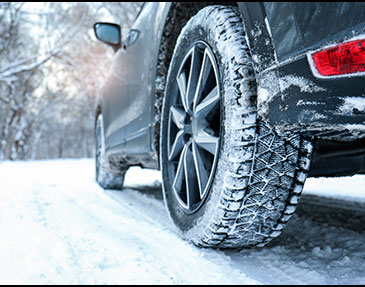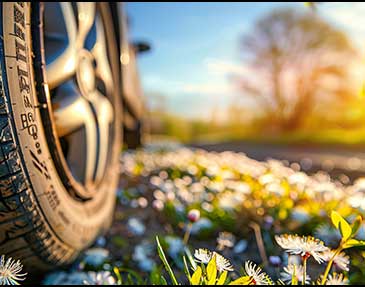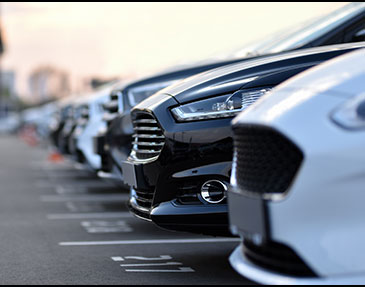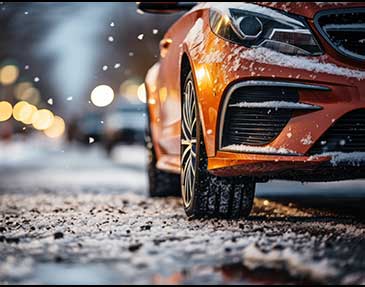A Guide to Local Van Hire
A Guide to Local Van Hire
If you are looking at hiring a van, it is important that you understand all aspects of van hire before you decide on taking the plunge. There are many aspects of van hire to learn about and today, we are going to take you through how to choose a van, what kind of van you may need, how to go about hiring said van, as well as looking at some important tips and pieces of information which you will need, before you sign on the dotted line.
Where to start?
Let’s begin with a look at your reasons for van hire, and how to go about getting the right deal for your needs.
Purpose of Use
The first thing which you need to think about when hiring a van, is for what you will be using the van for, vans for hire come in all shapes and sizes. People hire vans for a wide range of reasons from house removal to disposing of garden waste, delivering an item or even receiving an item which they have purchased online. Choosing the right van is dependent on what you are intending to use it for and if you don’t know then ask.
Choosing a Van
Now that you understand what your use or uses for the van will be, it is time to select the right van for the job. There are a huge range of vans for hire. For example, you can hire small transits for light loads, you can look at a big Luton which can handle more quantity and more weight.
Budget
Whilst it is best that you know your budget before searching for van hire, you also should look at the various costs for the different styles of vans, to help you make the budget realistic. Daily van hire costs will alter both depending on what van you hire, and which company you use.
Reservation
Make sure that you reserve your van ahead of time, to avoid running the risk of zero availability. There is always a limited number of vans in the fleet and on some dates or seasons it can be very in demand which means reserving is imperative, especially with more specialised models like refrigerated vans.
Things to remember?
Once you have decided on the van and the price that you want, it is time to start thinking about the details around the hire van and the terms and conditions attached.
Pick-up and drop-off
In terms of picking up and dropping off, you must ensure that you meet both requirements when it comes to the agreed date and time, as well as the location. If you are renting the van to make a drop off far away, you may prefer to drop it off at another branch, all of this must be decided and adhered to ahead of the van hire.
Fuel
First and foremost, be sure that you understand what kind of fuel the hire van will take, the last thing you want is to fill it with petrol when it is a diesel. You should also know as to whether you need to bring it back full, or bring it back empty and pay for the tank.
Breakdown Cover
Breakdown cover will be an optional extra and even if you are searching for cheap van hire, this is a cost which is recommended. The last thing you want is to break down, and in doing so it could actually cost you more money than you had wished to spend.
The Small Print
Always ensure that you read the small print or terms and conditions, and you understand what is required of you in terms of caring for the van, and what you are covered for under the daily van hire agreement, sign nothing until you are comfortable.
Damage Waiver
A damage waiver is waiving the right to charge the hirer for any damage that takes place. For a small fee you will be offered this, and it makes sense to take it. If you don’t and something should happen, the fee for the damage waiver will pale in comparison to what you could pay.
Excess
And finally, make sure that you understand the excess that is applicable to you, should anything happen to the van under your care. Usually this will be taken from your credit card and placed on hold, so that the rental firm can be sure that you can pay for the excess should something happen.
Van hiring does not have to be complicated, just be sure you check all details before you hire a van, look after it and everything should run smoothly.



